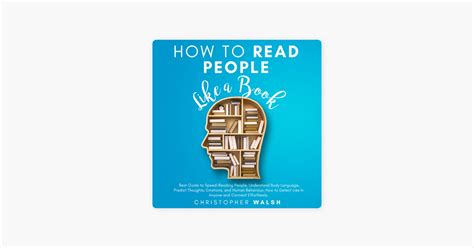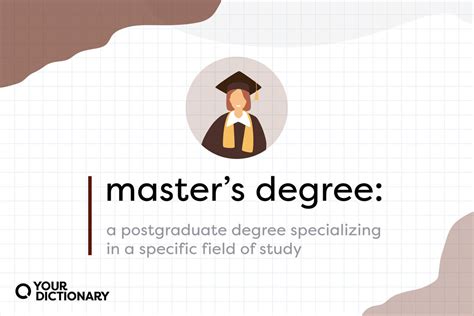Why Readability is the Cornerstone of Effective Communication
In today’s fast-paced world, capturing and retaining a reader’s attention is paramount. Whether you’re drafting a business report, a blog post, or a novel, your ultimate goal is to communicate effectively. Readability isn’t just about grammar; it’s about making your text easy to understand, engaging, and enjoyable for your intended audience. Poor readability can lead to disinterest, confusion, and ultimately, a failure to convey your message. By focusing on three core principles – trimming fluff, clarifying jargon, and varying flow – you can transform your writing from merely informative to truly impactful.

1. Trim the Fluff: Write with Precision
Fluff refers to unnecessary words, phrases, or sentences that add length without adding substance. It bogs down your reader, obscures your main points, and dilutes your message. Eliminating fluff is about conciseness – saying more with fewer words.
Strategies for a Leaner Prose:
- Identify Redundancy: Look for words or phrases that repeat ideas. For example, ‘brief summary’ (a summary is inherently brief) or ‘personal opinion’ (all opinions are personal).
- Banish Filler Words: Words like ‘just,’ ‘really,’ ‘very,’ ‘in order to,’ ‘due to the fact that’ often add little value. Replace ‘due to the fact that’ with ‘because,’ for instance.
- Avoid Passive Voice: While not always wrong, passive voice (‘The report was written by John’) often uses more words and can be less direct than active voice (‘John wrote the report’).
- Cut Prepositional Phrases: Many prepositional phrases can be condensed or replaced with a single word. ‘The majority of’ can become ‘most.’
- Ruthlessly Edit: After drafting, reread your work specifically looking for sentences that can be shortened or ideas that can be expressed more succinctly. Imagine each word costing you money.
2. Clarify Jargon: Speak to Your Audience
Jargon consists of specialized terms or acronyms that are only understood by a particular group or profession. While it can be efficient in expert-to-expert communication, it becomes a significant barrier when addressing a general audience or those outside your specific field. Clarity is paramount for inclusivity.

Approaches to Demystifying Jargon:
- Know Your Audience: Before you write, consider who will be reading your text. Are they experts, novices, or a mixed group? Tailor your language accordingly.
- Define When Necessary: If a technical term is essential, introduce it with a clear, concise definition upon its first use. For example, “SEO (Search Engine Optimization) is crucial for online visibility.”
- Substitute Simpler Terms: Can ‘ameliorate’ be ‘improve’? Can ‘endeavor’ be ‘try’? Often, a simpler synonym conveys the exact same meaning without alienating readers.
- Use Analogies and Examples: Complex ideas can often be understood more easily when explained through relatable analogies or concrete examples.
3. Vary the Flow: Keep Readers Engaged
Monotonous sentence structure and paragraph length can make even the most interesting content feel dull. Varying your flow keeps your writing dynamic, maintains reader interest, and improves comprehension. It’s about rhythm and pacing.

Techniques for a More Engaging Rhythm:
- Mix Sentence Lengths: Alternate between short, punchy sentences and longer, more descriptive ones. A series of short sentences can feel choppy; a string of long sentences can be exhausting.
- Vary Sentence Structure: Don’t start every sentence with the subject. Experiment with opening sentences with adverbs, prepositional phrases, or conjunctions.
- Use Transition Words and Phrases: Words like ‘however,’ ‘therefore,’ ‘in addition,’ ‘consequently,’ and ‘for example’ guide the reader smoothly from one idea to the next, improving logical flow.
- Alternate Paragraph Lengths: Break up long blocks of text with shorter paragraphs. This provides visual relief and helps readers digest information in manageable chunks.
- Read Aloud: Reading your work aloud helps you identify awkward phrasing, repetitive structures, and areas where the rhythm feels off.
The Holistic Approach to Superior Readability
These three principles are not isolated; they work in concert to elevate your writing. Trimming fluff makes your sentences clearer and more impactful. Clarifying jargon ensures your message reaches everyone. Varying flow keeps your audience hooked and ensures they stay with you from start to finish. By consciously applying these techniques, you’re not just writing; you’re crafting an experience for your reader.

Mastering readability is an ongoing process, a commitment to clarity and connection. It requires practice, critical self-assessment, and a constant awareness of your reader’s needs. Embrace the challenge, and watch your communication become more powerful and persuasive.





